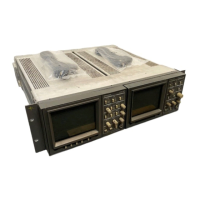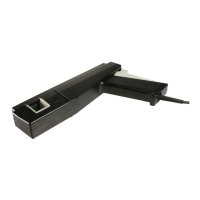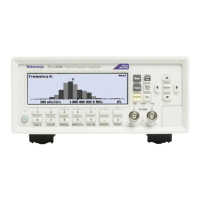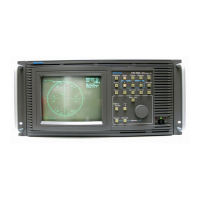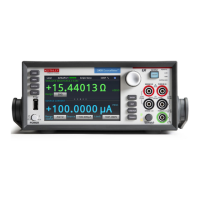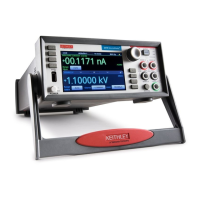Circuit Descriptions
5–30
1502C MTDR Service Manual
angle over conventional LCD cells. The function of the LCD module is to receive
bit pattern data from the CPU and display it.
First, the processor generates a 4k X 8-bit pattern image in its own memory. It then
writes this bit pattern, via the data bus, to the display memory, U1040, in the form
of a block transfer. The bit pattern is mapped in the display memory and later on the
LCD cell.
Second, the LCD controller, U2040, reads the bit pattern from the display RAM,
formats it, and sends it to the column drivers.
Last, the column drivers and the row drivers generate select and non-select voltages
based on the timing, control, and data signals received from the controller. These
voltages are applied to the LCD cell matrix, turning off and on pixels that match the
bit pattern in the display memory. The pattern of pixels form the image on the
display.
The cell is physically composed of two planes of glass, two polarizers, a matrix of
transparent electrodes, and a filling of liquid crystal material. A plating of indium
tin oxide on the back plane of glass is used as a heater, but is not used in the display
process.
Electrically, the cell is a 128 X 256 pixel display, each pixel being an intersection
of a row and a column. These intersections are like small capacitors. When a
non-select voltage (about 1.5 VRMS) is applied to a row and a column, their
intersection is turned off (see Figure 5–15). That is, light is allowed to pass through
the display and reflect back from the transflector, creating an “off” pixel. A select
voltage (about 1.7 VRMS) turns the intersection on. That is, the light is not allowed
to pass through the crystalline material and is, therefore, not reflected back from the
transflector, creating an “on” pixel.
ROW 128
ROW 127
ROW 65
ROW 64
ROW 2
ROW 1
COLUMN 1
COLUMN 2
COLUMN 255
COLUMN 256
LOWER HALF
SCREEN
UPPER HALF
SCREEN
Figure 5–15: SBE Cell
Artisan Technology Group - Quality Instrumentation ... Guaranteed | (888) 88-SOURCE | www.artisantg.com
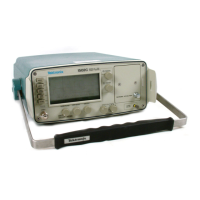
